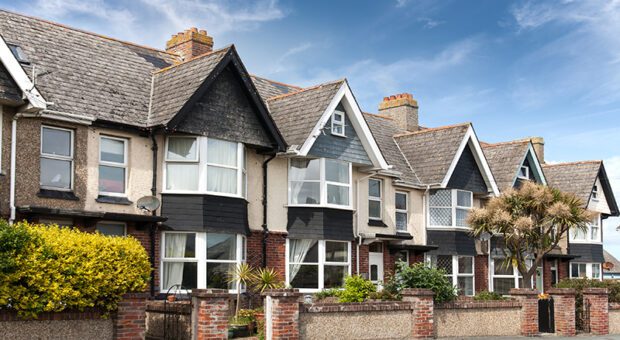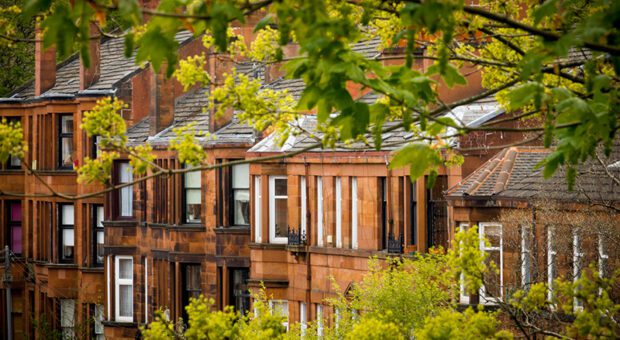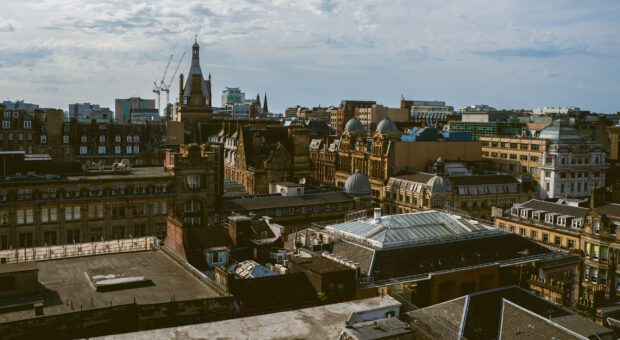- Personal Injury Claims
- Accidents
- Road Traffic Accident Claims
- Accidents At Work Claims
- Holiday Accidents and Illnesses Abroad Claims
- Fatal Accident Claims
- Accidents Public Place Claims
- Injuries
- Eye Injury Compensation Claims
- Poisoning Claims
- Serious Injury Claims
- Sports Injury Claims
- Upper Body Injuries Claims
- Arm and Elbow Injury Compensation Claims
- Hand Injury Claims
- Chest Injury Compensation Claims
- Neck Injury Compensation Claims
- Collarbone Injury Compensation Claims
- Cheekbone Injury Compensation Claims
- Eye Injury Claims
- Shoulder Injury Claims
- Fractured Sternum Compensation Claims
- Spinal Injuries Claims
- Brain Injury Compensation Solicitors
- Compensation for Scarring Claims
- Dislocated Injury Compensation
- Amputation Claims
- Dental Claims
- Horse Riding Accident Compensation
- Personal Injury Lower Body Injuries
- Asbestos Lawyers
- Abuse Lawyers
- Other Injury Claims
- Disputes
- Alternative Dispute Resolution
- General Disputes
- Litigation
- Defamation
- Litigation Funding
- Other Dispute Resolution Services
- Court Actions
- Professional Negligence
- Professional Negligence Claims Against Surveyors
- Professional Negligence Claims Against Architects
- Professional Negligence Claims Against Accountants
- Professional Negligence Claims Against Solicitors
- Professional Negligence Claims Against Financial Advisers IFAS
- Professional Negligence Claims Against Banks
- Clinical Negligence Claims
- Group Actions
- Property & Conveyancing
- Conveyancing Services – Scotland
- Commercial Property Services – Scotland
- Other Property Services Scotland
-
- Family Law
- Immigration Services
- Visas
- Adult Naturalisation Application
- Child Registration Application
- Private Life Application for Adults
- Private Life Application for Children
- Long Residence Application
- Surinder Singh
- Administrative Review
- Fresh Claims for Asylum
- Naturalisation Application
- Stateless Persons
- Travel Documents
- Pre Action Protocol Letter
- Judicial Review
- Immigration Application Review
- Brexit Immigration Advice: Services in Scotland
- Business Immigration
-
- Wills,Trusts & Estates
- Probate & Executry Services
- Business Services
- Careers
Additional Dwelling Supplement Tax (ADS)
December 20, 2018 Residential Conveyancing
One of the headline stories to emerge from the Scottish Government’s budget announcement last week was the decision to raise the Additional Dwelling Supplement Tax (ADS). It has been proposed that this tax, which applies to those who are buying an additional residential property, should be raised from 3% to 4%. This article will explain exactly what this means, who is likely to be affected, and why this decision has been made.
ADS works as a supplementary tax to the Land and Buildings Transaction Tax (LBTT) which must be paid when land is bought. LBTT requires purchasers of land to pay a percentage of the value of the transaction in tax. The percentage taxed increases incrementally, depending on the value of the property. For example, the first £145,000 will not be taxed, but any value between £145,000 and £250,000 will be taxed at 2%, and so on until the value of the property exceeds £750,000. Any price paid for the property exceeding £750,000 will be taxed at 12%.
The supplementary ADS becomes applicable if the property purchased is not the only owned by the purchaser. Therefore, landlords who purchase multiple residential properties with the intention to let them out, and people who buy “second homes” must pay additional tax. ADS works through adding a flat rate to the given LBTT rates. That rate is currently 3% and applies regardless of the value of the additional property, unless that value is less than £40,000 (in which case no ADS is charged). For example, if a second home valued at £200,000 is bought, the purchaser would not pay any tax on the first £40,000, 3% of the value from £40,000 to £145,000, and then 5% on the value from £145,000 to £200,000.
The change the Scottish Government has proposed would increase that flat rate of ADS from 3% to 4%. This would mean that in the example above, the purchaser would pay 4% for the value from £40,000 to £145,000 and then 6% for the remaining £55,000. It also means that landlords and second home purchasers could pay as much as 16% tax when purchasing additional properties. If approved by Scotland’s Parliament, this increase will come into force on January 25 2019, and will affect all transactions agreed on or after December 12 2018 (the day the planned increase was announced).
It is interesting to note that purchases of six or more residential properties in the same transaction will not be affected by this increase. This is because statute regards such transactions as non-residential, and therefore exempt from ADS.
The political reasoning behind the decision to raise the ADS was to make it easier for people to buy their first property, by further discouraging people from buying additional homes and therefore freeing up the properties available for first time buyers. Opinion is divided as to whether or not this will work, with some arguing that purchasers would be discouraged by the fact that they would have to pay thousands of pounds more to buy additional properties. However, some argue that a one percent increase is too small to truly deter most purchasers.
What is certain is that this change will significantly increase the amount of tax owed, particularly by landlords, and so it will be interesting to see if this proposal survives next month’s Parliamentary vote on whether or not to approve the increase in ADS.
Contact Us
Speak to one of our experience legal team, and get responsive, clear, and straightforward legal advice and support.
















